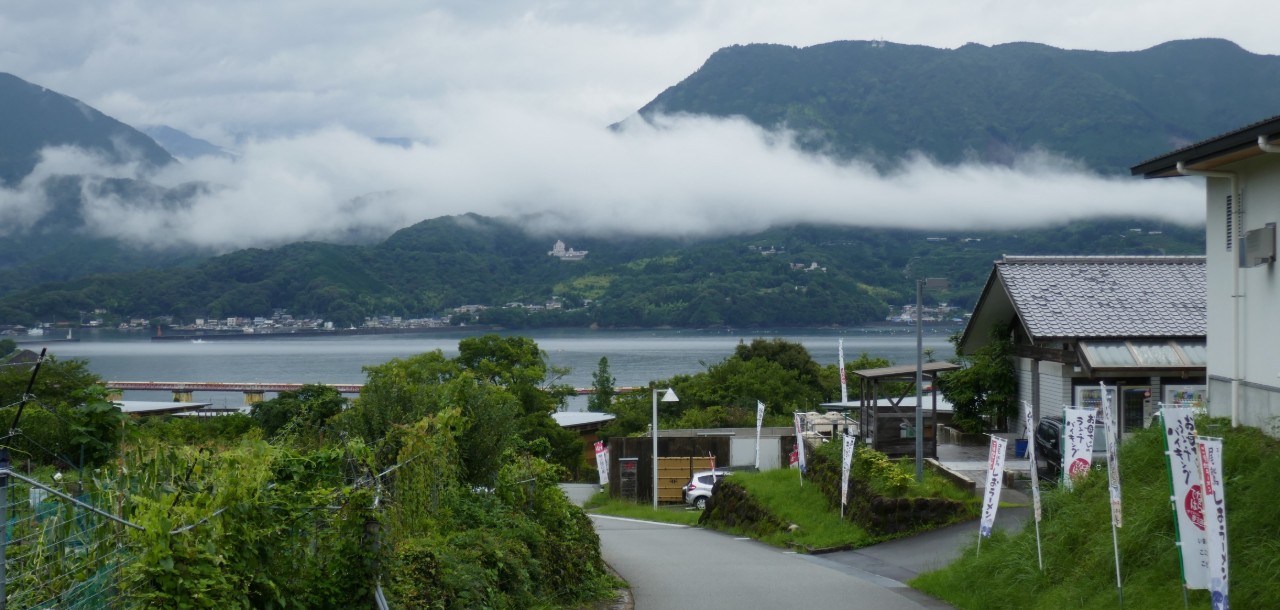One of the transport options we chose on our first trip to Japan was hiring a car.
We looked at several remote areas when planning where to go. It is a small but highly populated country and it looked like travelling between cities would be easy with the JR Rail Pass. A car, however, would give us the opportunity to escape crowded cities and see the countryside, as well as freedom to explore areas where public transport access was limited.
Two areas that looked interesting to visit were in Gifu prefecture around Takayama, and the Mie Prefecture. These areas had a lot of appeal to us because of the traditional way of life, the architecture, as well as being regions of mountains and stunning scenery. Public transport was available to the main towns and sites, but a car would mean we could reach isolated places and perhaps even go fishing! (Yes, we did have a small telescopic fishing rod packed)
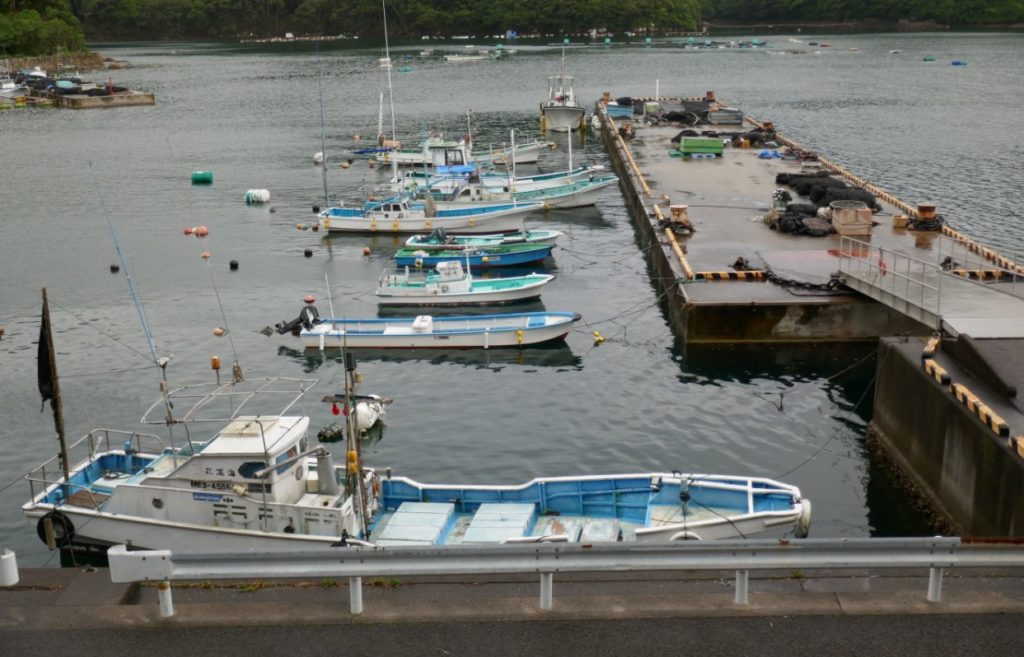
Car rental Companies
I started looking into Car Rental companies in Japan. There were many available, some with familiar names like Toyota Car Rental and Hertz, and others like Nippon and Tabirai Car Rentals.
After extensive research, comparing car models, prices and locations, I chose Eki Rent-A-Car. They were well-priced, had a good range of cars available and had offices in the areas we wished to go. They also had the option to return the car to a different location from where it was collected. This fitted in well with our planned itinerary. Eki Rent-A-Car, or Ekiren, is also called JR Rent-A-Car. Their offices are located at train stations which would make it easy to collect and return the vehicle. Being associated with JR Travel also made me think they would be reliable. If you have a JR Rail Pass some Ekiren offices also offer discounts.
Drivers License.
Most people will need an International Driver’s License. The conditions around what you will require are available here: Ekiren Driver’s License. You must also show your Passport when collecting the vehicle.
All companies will have their own procedures, but we found the Ekiren booking process quite simple. Their site is easy to navigate and in addition to vehicle types and rates, includes good information about driving in Japan and refueling. Payment is by card, not cash.

Our whole experience renting a car was very positive. The staff at the rental offices were polite and patient even though we spoke no Japanese and they very little English. Completing some paper-work became a comedy as we both used translators and laughed in turn at some of the translations produced.
Despite our lack of Japanese, they showed us all the features of the vehicle and the English Navigation system. Then we were off into the traffic.
Fortunately for us they drive on the left-hand side of the road. It didn’t take long to navigate out of the city of Nara and head for the freeways to Mie Prefecture.
All the roads we travelled were in good condition, even in isolated country areas. There were tolls on the expressways and as we didn’t have an ETC card, paid with cash or card at the toll-gates. (costs incurred on our trip were insubstantial) The main road signs are in English as well as Japanese. So, with the navigation system we had no problems reaching our remote destination at Mikisato.
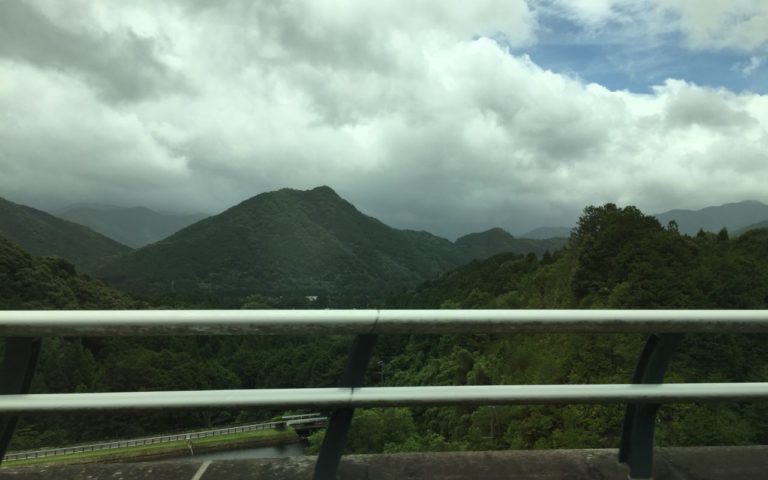
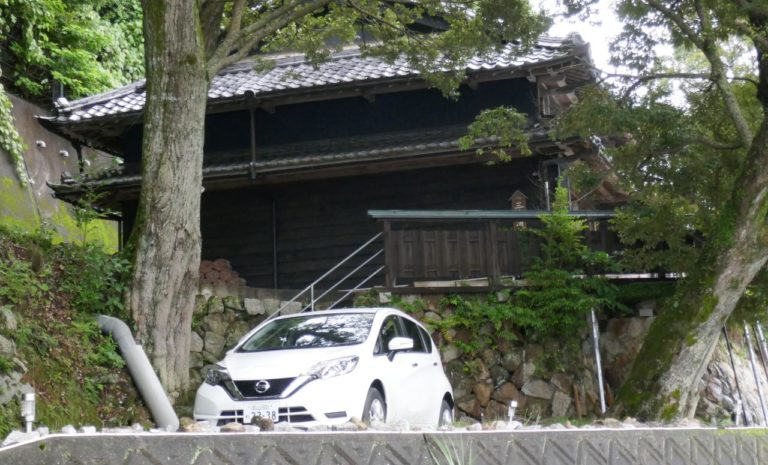
Our car hire experience
We hired the car for 5 days and loved the freedom it gave us. We saw some of the most beautiful country of our trip and gained insights into farming and horticultural practices, road and tunnel construction and methods of stabilising embankments. Along the way we visited many tiny fishing villages tucked into small inlets, with houses scattered up the steep hillsides. All aspects of Japan we would not otherwise have seen.
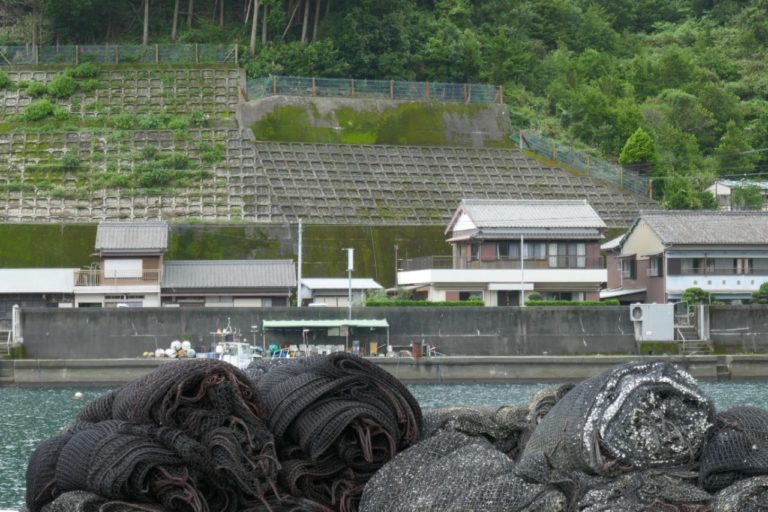
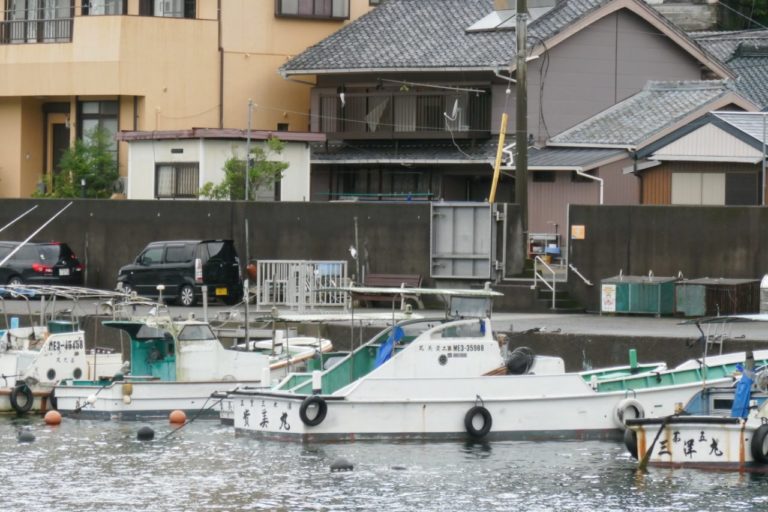
After 3 nights in Mikisato, our next stop was to be Takamatsu on the Island of Shikoku. About half way along the coastal route to Wakayama the Navigation system started broadcasting Emergency Alerts. No specific information was provided other than an alert had been issued for Japan.
It had been raining throughout the morning but nothing of any concern. I checked the alerts on the Japan Official Travel App which listed heavy rain and strong winds for the area we were travelling. Reading this, we changed our coastal route to the inland freeway for the rest of the trip to Wakayama where a Ferry transports vehicle across to the island of Shikoku.
All berths on the Ferry were booked for the day, (it later became apparent the ferries were not travelling due to the weather forecast), so the next access to Shikoku was via the Akashi Kaikyo Ohashi Suspension bridge from Kobe. When we got there, we discovered this was also closed.
By this stage we realised the weather in some areas had been devastating and access to Shikoku might not be available for some time. We decided to return the car and find out where we could still travel to by train.

Ekiren
Ekiren staff at Kobe could not have been more helpful. They accepted the car and gave a refund for the days not used.
Taking the train from Kobe to Hiroshima, and later back to Tokyo, showed some of the flooding and damage caused by torrential rainfall over a 3-day period. We later learned many lives were lost in this deadly storm.
The many benefits of hiring a car far outweighed any small inconveniences such as turning into a one-way street the wrong way!

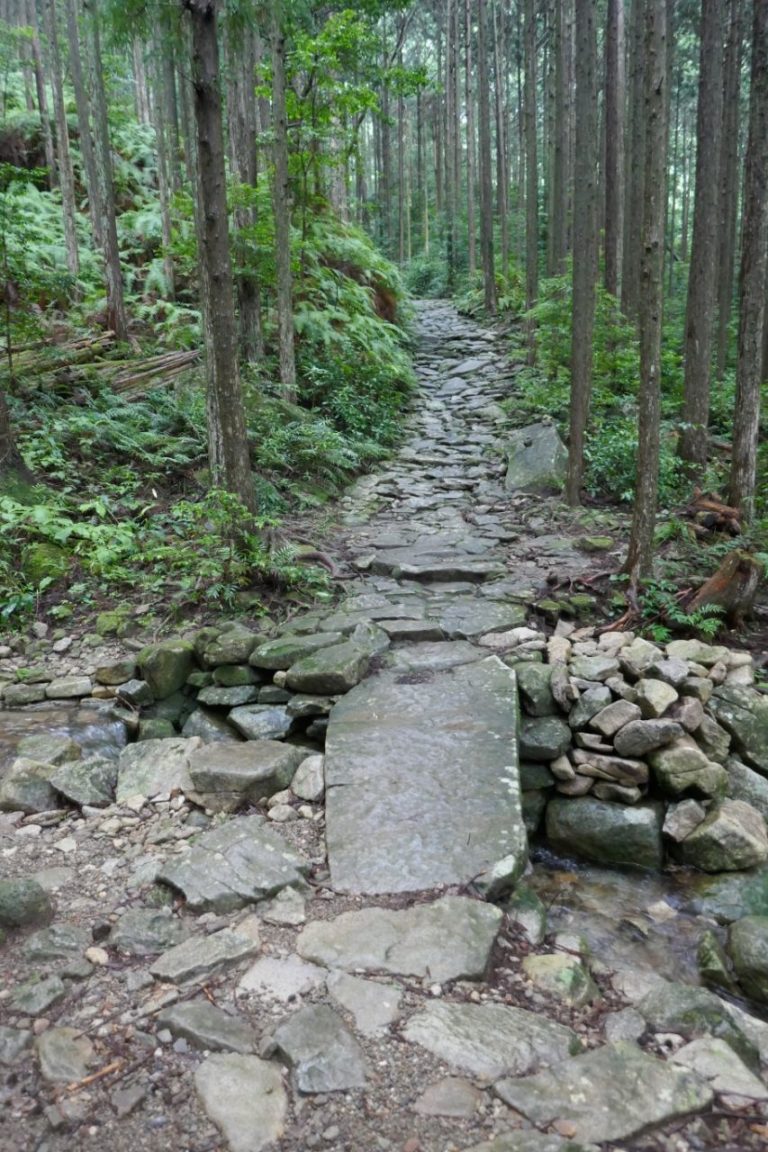
Preparing to drive in Japan
Good preparation is essential.
Know where you are going and how you are going to get there.
When travelling on expressways make sure of the route number you want to travel. This will make it easier when choosing lanes and exits. You can focus on a code such as E56 and not be distracted by the other information on the road signs.
Investigate ETC cards or have Yen for the tollways. As a guide, costs from Nara to Mikisato were Y2200 and from Mikisato to Kobe, Y2280 – a small price to pay for the freedom of the road.
The JNTO web page has a step-by-step guide to renting a car in Japan
Our experience
We would not have seen as much in the 3 days spent on the Mei Peninsula that was possible using the Hire Car. And we traveled to areas not possible using public transport.
Hiring a car gave us exposure to unforgettable aspects of Japan which contrasted significantly to the large cities and tourist spots.
I recommend you consider the options of hiring a car in Japan. We loved it.
Plans for our next trip already include car hire in the Tohoku region.
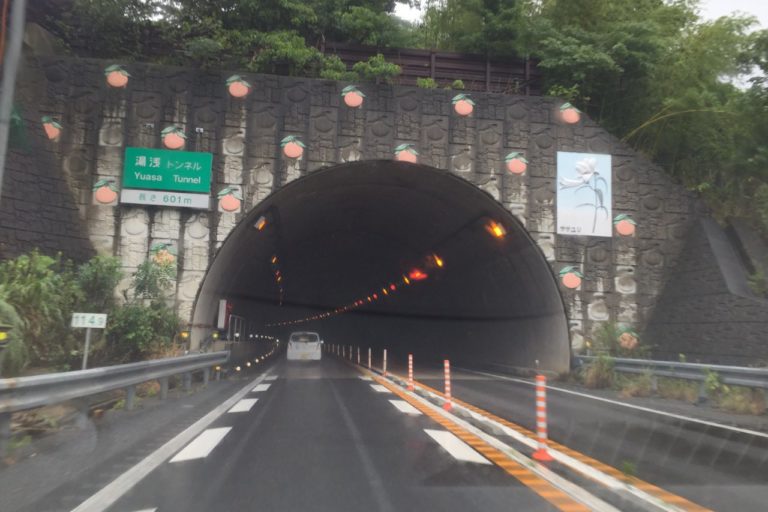
Other articles you may find interesting.
